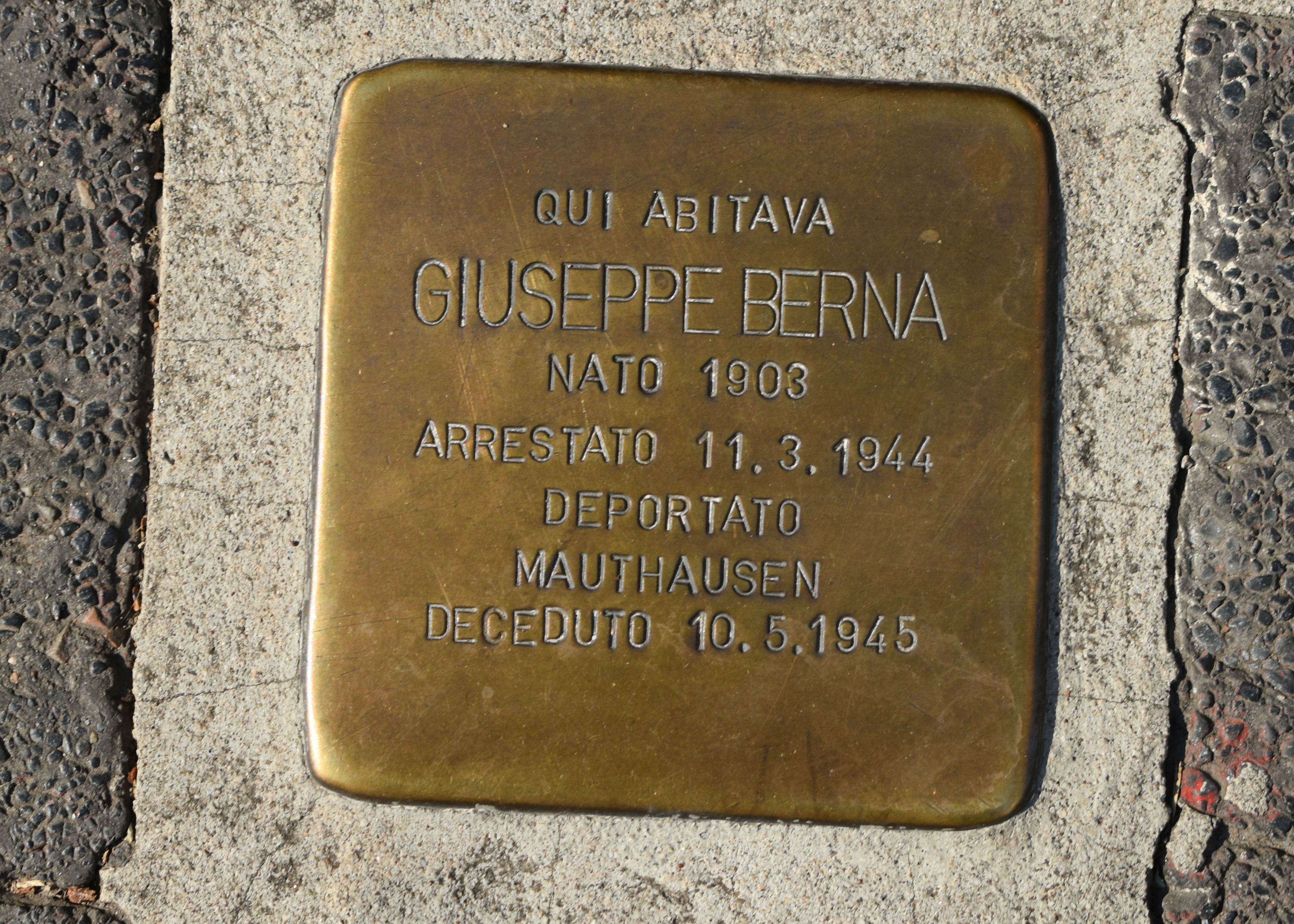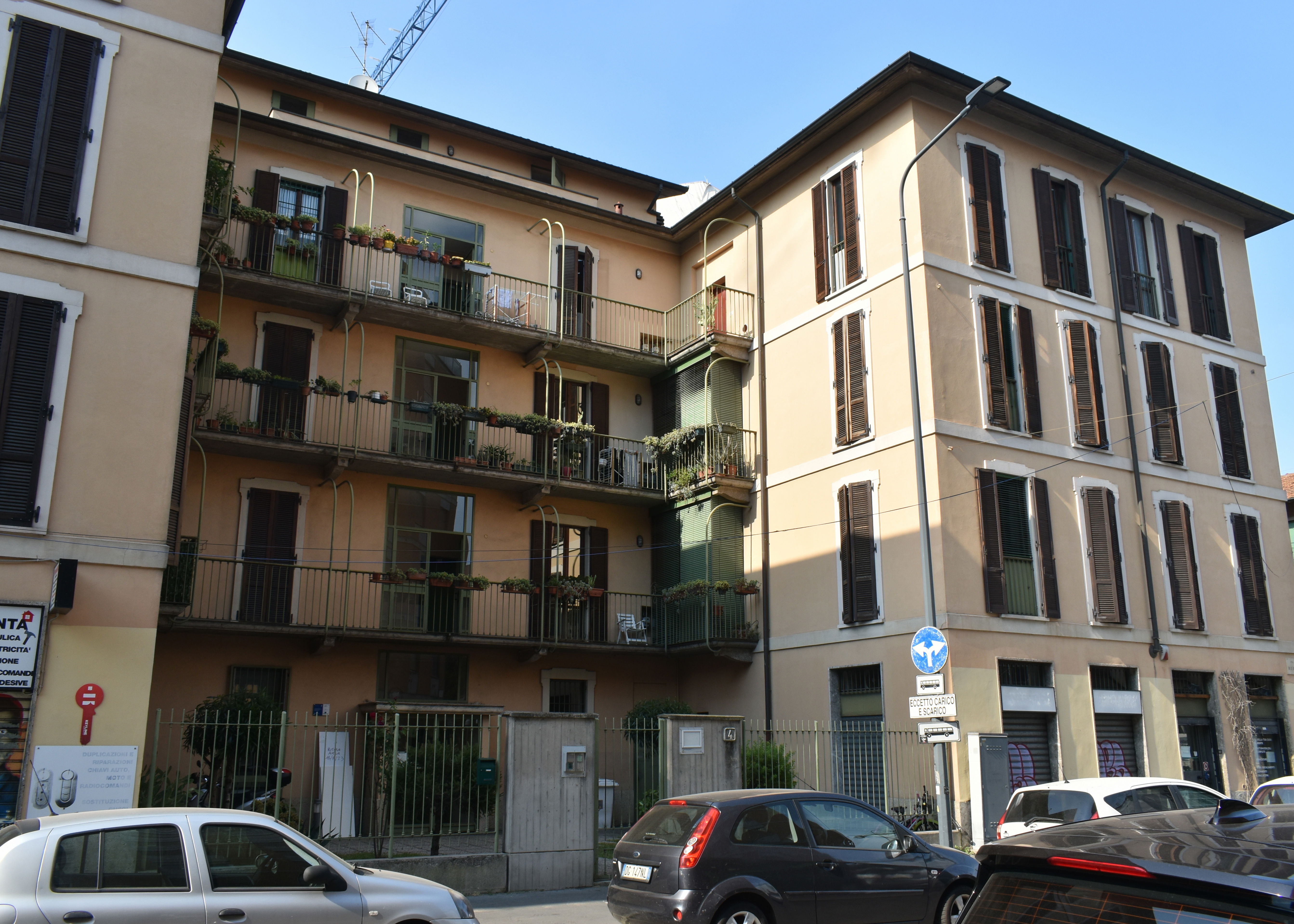The Stolpersteine of Niguarda
The five stolpersteine at Niguarda are too far from the centre to include in any walking tour. If you want to see them, the five are in a relatively compact area together, around the hospital of Niguarda, Four of the men commemorated worked at the nearby Brdea works and were arrested after the general strike in March 1944. The Metro stop is Ca Granda on the purple line. On leaving metro you need to make sure you are on the right side of via Fulvio Testi, with the exit signposted for via Vidali. Strangely the hospital is not signposted. Heading down the wide viale Ca Grande the hospital is about one kilometre.

The Niguarda Ca' Granda hospital was inaugurated on 10 October 1939: the name deriving from the the Ospedale Maggiore Ca' Granda, the oldest hospital in Milan. The Maggiore hospital had moved from its old location in the city centre and had already inaugurated the first pavilions of the university hospital; however, a new generalist hospital was missing. The new hospital responded to the need of providing the city with a hospital in an expanding and easily accessible area, the Niguarda area north of Milan. A national competition for the hospital project was published on 20 October 1926. After five years the project was entrusted to Eng. Giulio Marcovigi, with the collaboration of the architect Giulio Ulisse Arata and the health supervision of Enrico Ronzani. Their new project compared to the others presented were summarized in greater attention to the containment of hospital infections due to less promiscuity of patients and more rational structures, combined with a need to contain management costs. The hospital is characterized by typical of the rationalist architecture of the 1930s.In the 1940s the hospital was a great point of reference for the escape of Jews and political prisoners who were held in the San Vittore prison in Milan. Among the protagonists of the enterprise was Maria Peron, a young nurse who worked in the operating room.
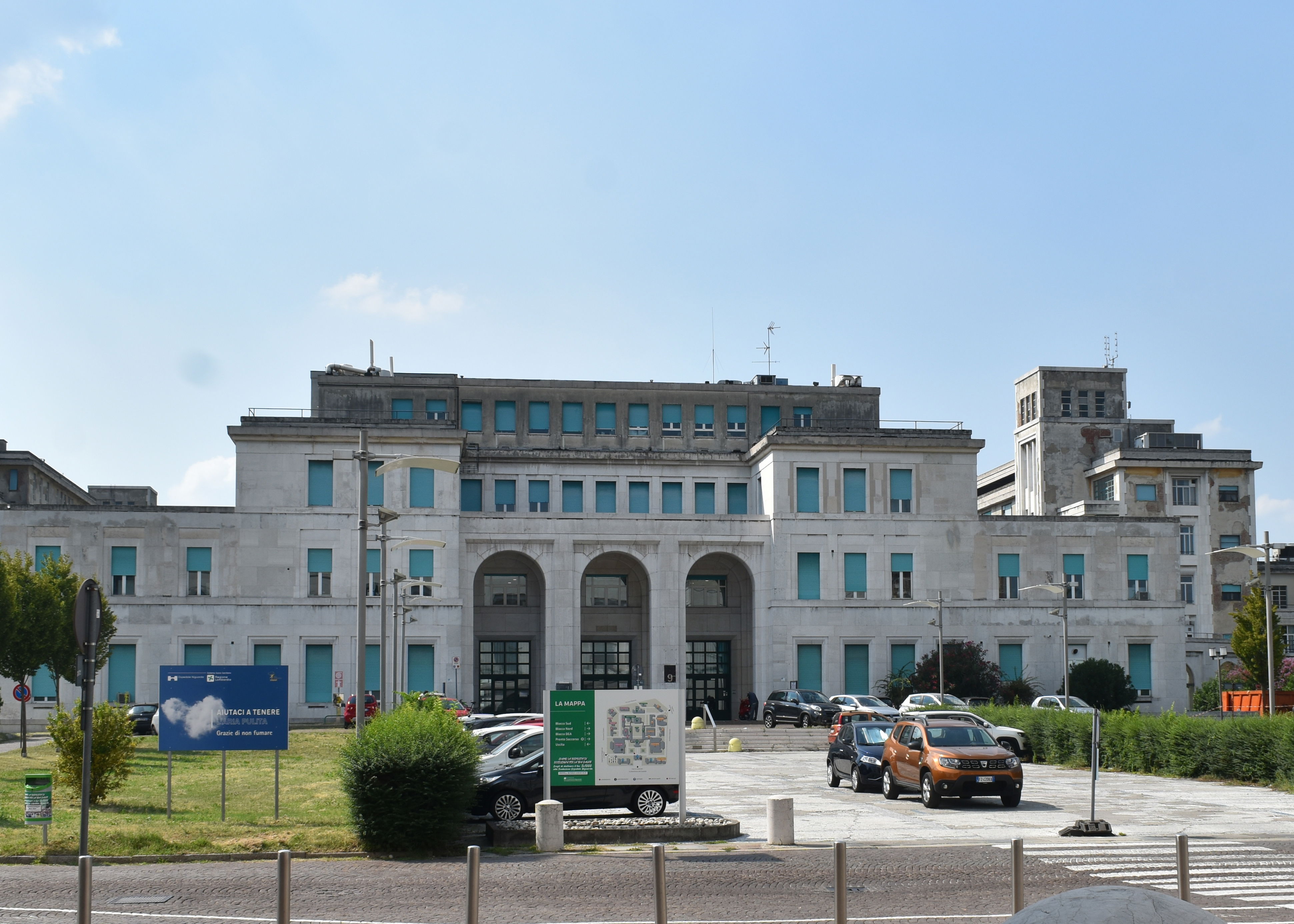
Lodovico Petit Bon was born in Villa Minozzo (RE) in October1900. In the First World War he served as a second lieutenant in the Corpo Sanitario del Regio Esercito. At twenty he was present at the foundation at the Congress of Livorno and was sent to organise the youth wing of the Federazione Provinciale di Reggio Emilia for the party .Le Bon worked as one of the editors for newspaper “Il Lavoratore Comunista” which was extremely short lived, being first heavily censored by the Questura, then having most of its copies confiscated and burnt by Fascist gangs . He penned the introductory article “Appena Nati” To avoid the violence in Reggio Emilia, between 1924 and 1928, Ludovico moved to Bologna, Aosta and finally Torino, where he was arrested as a subversive and sent back to Reggio Emilia. Lodovico considered fleeing abroad but in October 1928 went to live in Milan. He married Maria Magni and from October 1933 he lived at her house at via Monterotondo in Niguarda . In 1936, he found work at Officine Breda Sezione 1 in Sesto San Giovanni as a miller/ grinder. As a trade unionist he became a member of the 108° Brigata Garibaldi SAP in Sesto and was among the organisers of the General Strike of March 1944. On the night of 12 /13 March he was arrested by the SS and taken to the German block of San Vittore, then to Bergamo ,Caserma Umberto I and and on 16 March 1944 to Mauthausen , where he died on 9 April 1944.

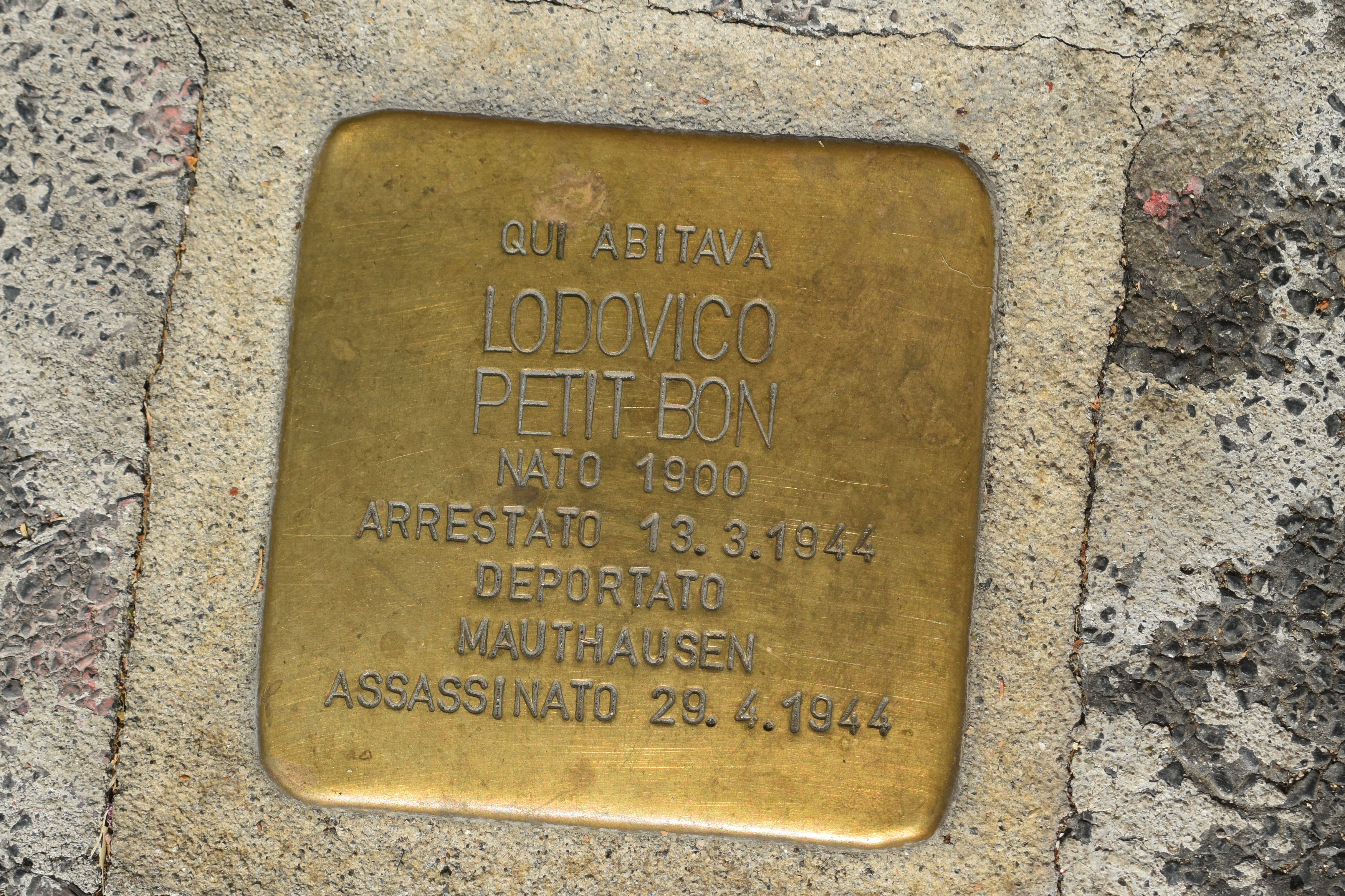
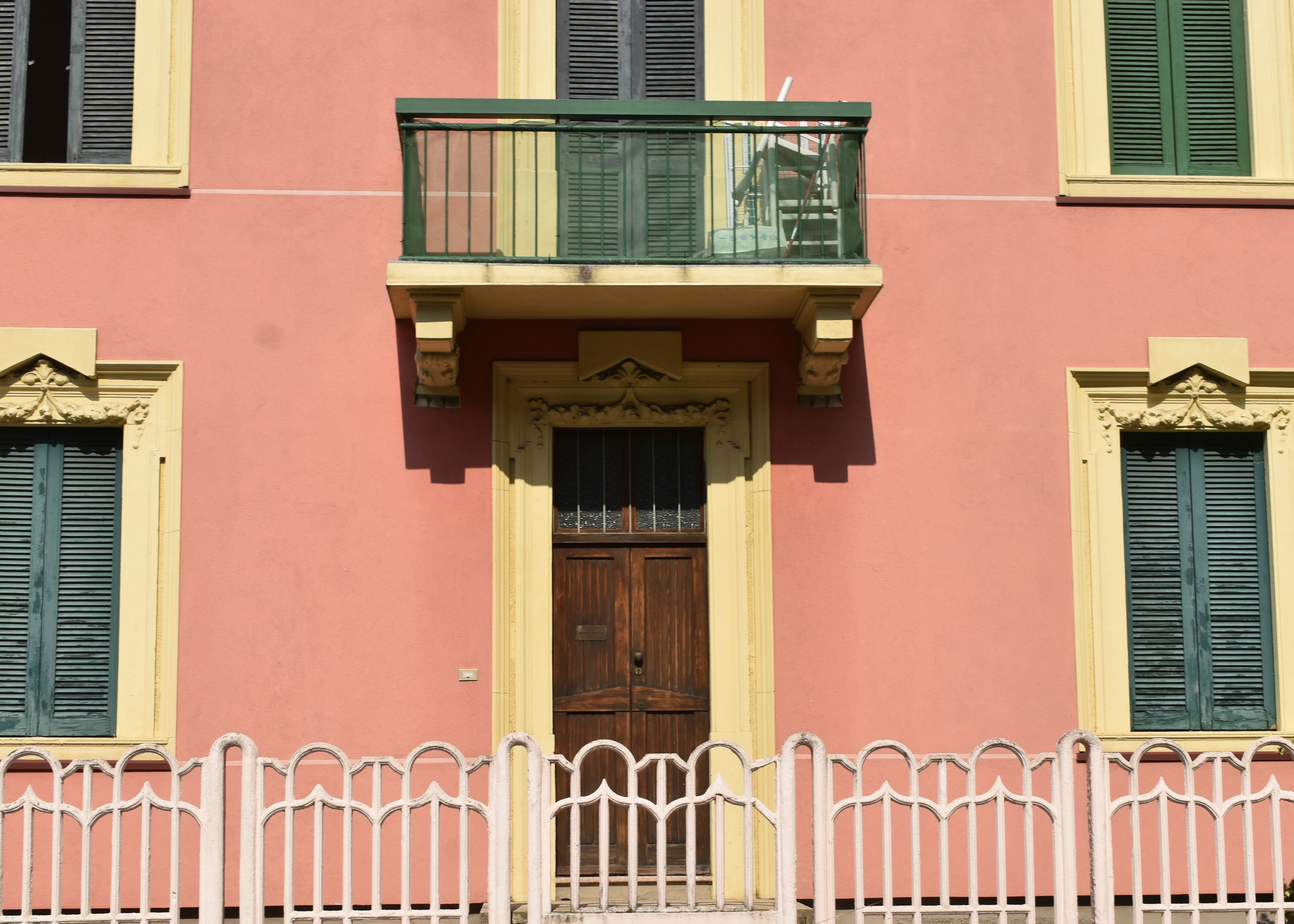
In common with four others in this section Lodovico Petit Bon was an employee of the huge Breda Company, not surprisingly since it dominated the Niguarda- Sesto San Giovani area. The great depression of 1929 hit the whole Italian economy and Breda was no exception, the company was forced to seek financing from the American Bond Market. In 1933, Giovanni Breda left the company which was able to reconstruct itself on the basis of preparations for the war in Ethiopia, with many contracts for arms, armoured vehicles and other equipment for the Italian Army. On the civilian side in 1936, the company launched the l'Elettrotreno FS ETR 200, which was considered one of the best trains in circulation in Europe at the time; so much so that Mussolini sent it to the World’s Fair in New York, where it gained a lot of interest but no actual orders. By 1936, Breda was a horizontal integrated business , with its administrative and technical HQ in Milan and divided into eight sections, five of which were in Niguarda. Sesto San Giovanni Sezione I, electro- mechanics, locomotive and other machinery Sezione II, railways, Sezione III, forges, Sezione IV, steels, Sezione V, aeronautics, at Bresso, Cinisello Balsamo, Niguarda, and Sesto San Giovanni; At the outbreak of world war two the Breda steelworks was producing up to 150 types of special steels , mainly used in arms production such as the armoured cars, machine guns, fighter bombers and artillery trailers. As a company dedicated mainly to war production: weapons, bombs, planes Breda was strategically important, and the various plants were targets of heavy Allied bombing.
After 8 September the Germans posted a garrison there to guarantee the strict rules of occupation and the control of industrial production. Alongside the Germans were the local fascists, who looked after the disciplinary side. The work was hard , with enforced piecework. Workers experienced coercion, from the company management and the pressures of the Germans. The working day was lengthened enormously, for many, due to the difficulty of transport to work. As the Allies bombed Milan’s transport infrastructure , the bicycle was one of the few ways of transport for those living further away. It is no coincidence that bicycle tires were among the demands of the strike. The workers ate very badly. A typical dish might be made of beans and dried figs with Roma cheese, a cheap stuff of unknown origins. Away from the factory the Brigata Muti raged in Milan, comprised mostly of criminals freed from prison and enrolled in the army of Salò. Huge amounts of housing had been destroyed by the British bombing in August 1943. Buying food to put on the table was a feat: people had to rely on the black market or to go and get supplies in the countryside to Oltrepò Pavese or Brianza. Wages were low and spending power became less and less. On top of that there was the hassle of controls and checks . The Fascist militias considered the workers from Breda to be subversives , subject to random bullying and beatings The climate was suffocating. and clearly something had to break. After days of meetings to decide on the details on the morning of 1 March, between 8 and 10 March, a general strike was declared and work at the Breda plant stopped, along with most of Milan’s major industrial companies. Alongside material demands, for wages and food rations, there was the political one to be rid of the Nazi-Fascists and for peace.

Santo Bencich was born at Parenzo d’Istria in April 1900, when it was still part of the Austro-Hungarian Empire the fourth out of thirteen children .Due to his large family size, he had started working at an early age, as a stone mason, on fishing boats and then in the coal mines of Cave di Albona. Called up for service in the Austro-Hungarian Army he deserted and escaped to Milan, where he found work in the steel works of a Breda. Originally, he boarded at Cascina Torretta, which at the time was used as a dormitory for the senior workers. He joined the PCI of Prato Centenaro (an area near Niguarda) and met Virginia Bassi, a veteran of the Congress of Livorno in 1921. They married on 11 June 1927 and had three children, two who died young: and Nella born on 31 October 1930. The new family found lodgings at Via Grivola 18 in Niguarda. Following the General Strike, on 12 March 1944, Santo was arrested at home and sent on the usual route for strikers to San Vittore, Bergamo and Mauthausen, he was transferred to Gusen where he died on 24 August 1944. During his journey , he managed to send various notes home until he got to the Italian border. A brief communication from the German Security Police in Milan dated 17 October 1944 informed the family: “we have to advise you that your husband Santo Bencich, who came to Germany for work died on 24 August 1944, injured in an Anglo-American terror raid.”

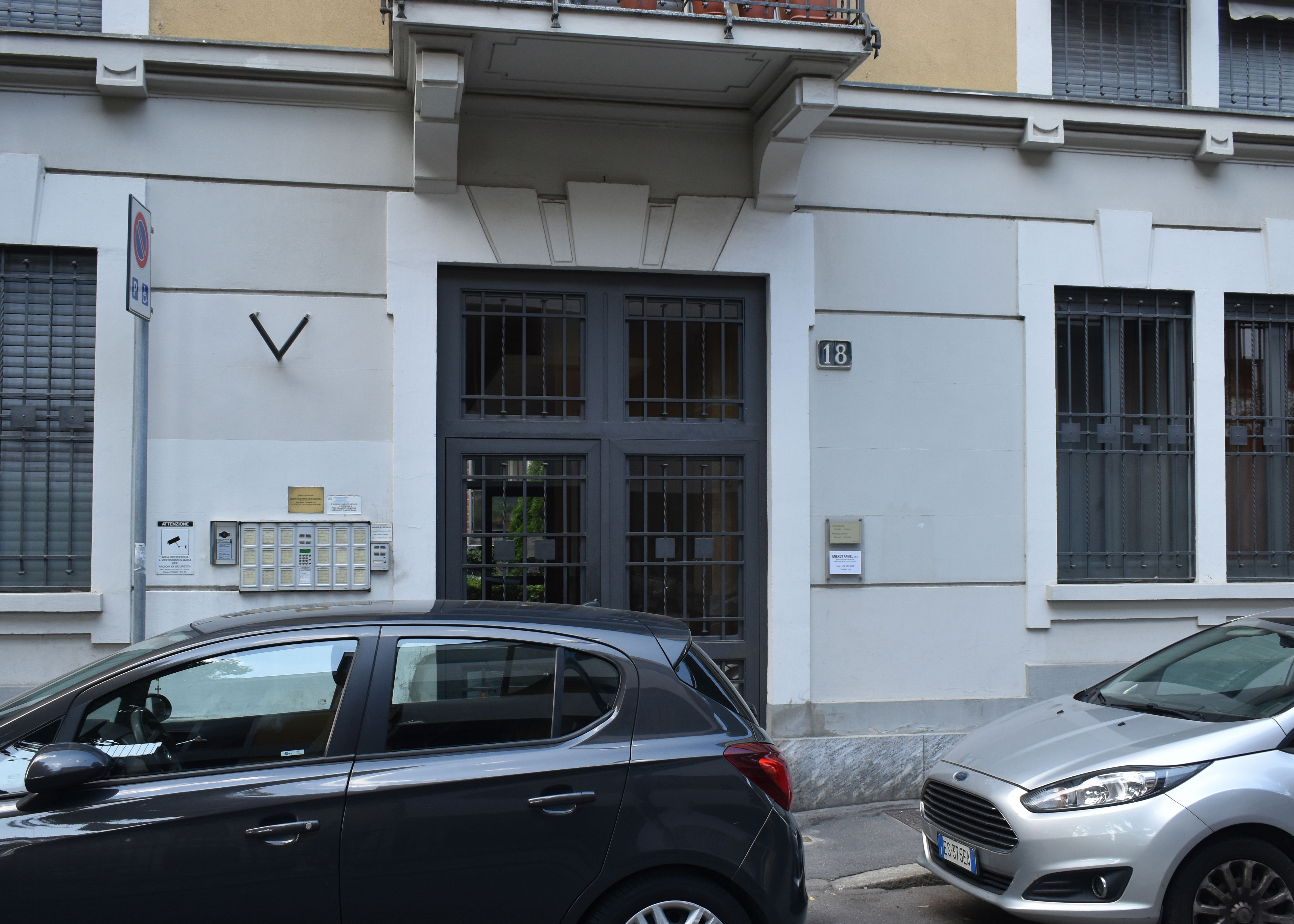
The Italian strike of March 1944 was the first and only major general strike that took place in Europe occupied by the Nazis. The requests of the Breda strikers were apparently economic, the slogans of the resistance struggle grafted onto their requests for an improvement in the working conditions, demands for a freeze on food prices, increase in wages and rations and payments of promised bonuses. In addition there was a political goal for the cessation of labour deportations and the transfer of machinery and plant to Germany; and to suspend or reduce war production to a minimum. There were hopes of a general uprising by partisans. Although the strikes were expected it, the authorities did not think they would have the magnitude they achieved. Breda management let it be known that work had to be resumed immediately, when the workers refused the management decided on a lockout. Shortly thereafter, Fascist militias occupied the factory and on 3 March took the shift workers hostage and forced them back to work. Graffiti appeared on the factory walls 'Workers, what do you want, lead? “ By the 6-7 March the strikes began to show some symptoms of wavering. Mass arrests had begun, there was no general partisan uprising, and the mountain partisans could not get down to the city. So on 8 March the Breda strikers decided to return to the factory. From a practical point of view, the strike yielded nothing, from a political point of view it was enormously important. News of the strike spread throughout Europe spoke and helped to strengthen the partisan struggle. In total 185 workers from Breda were deported following the strike , of whom 112 died in German camps. From Sezione I alone, 41 were deported, of whom 24 died including Luigi Duci, and Lodovico Petit Bon.

Ateo (Vittorio) Castellani was born at Casale di Scodosia, in June 1925; from a family of farmers : his father had organised protests by agricultural labourers and was required as a result of his anti-Fascist activities to transfer with his family to the Piedmont side of Lake Maggiore In 1936 the family Castellani moved to Biassono and then to Milano in via Biglia, in Niguarda. In 1940 Ateo was hired by Brown Boveri in Affori as an apprentice mechanic, As part of the class of 1925, he received instructions to appear before the draft board for the Repubblica di Salò, he did not go ,firstly he hid with friends and then went to join his brother Bruno with partisan formations at Mottarone above Lake Maggiore . In July 1944 at Gignese a village in the hills above Stresa both brothers fell into the hands of the Fascists . Ateo was taken to the prisons of Stresa, then Sesto Calende and finally on 15 July to Block V at San Vittore in Milan, where he was tortured. On 5 September together with his brother Ateo was deported to Flossenburg, where he died on 6 January while his brother Bruno survived and returned to Italy in June 1945 after a month in an American hospital.

Luigi Duci born in Milan on 9 December1900, his family moved to Bergamo and Luigi returned to Milan in 1929 and then to Bologna where he married Ines Minarelli; he returned to Milan in 1939 while his wife continued to reside in Bologna; he worked as a toolmaker at Breda, together with Lodovico Petit Bon, after 8 September 1943 he joined the 108° Brigata Garibaldi GAP. Following the strike at Breda he was arrested on 12 March 1944 and transferred to San Vittore, to Bergamo, caserma Umberto 1°; on 16 March he was deported to Mauthausen. He died at the Gusen sub camp on 25 January 1945.
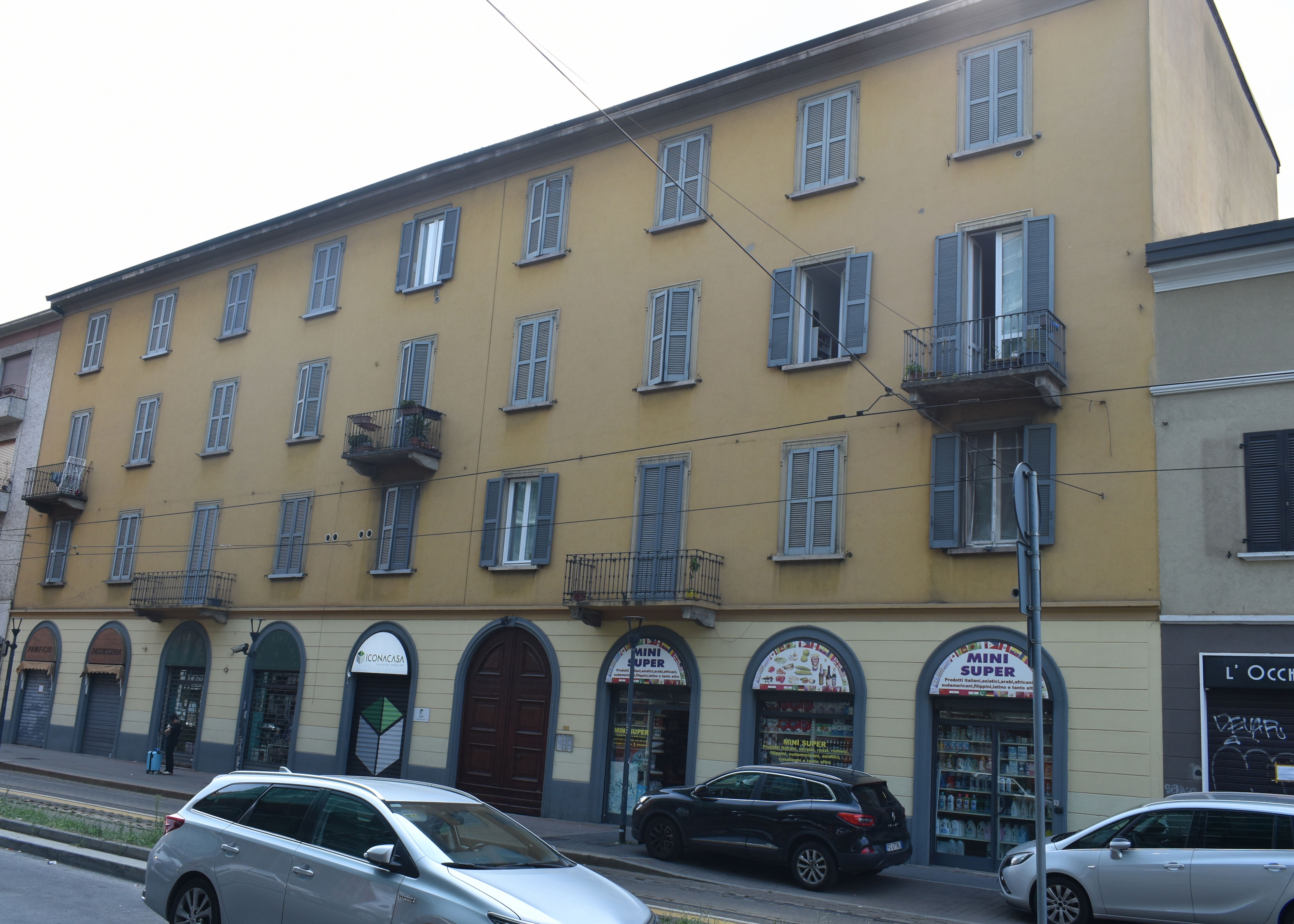
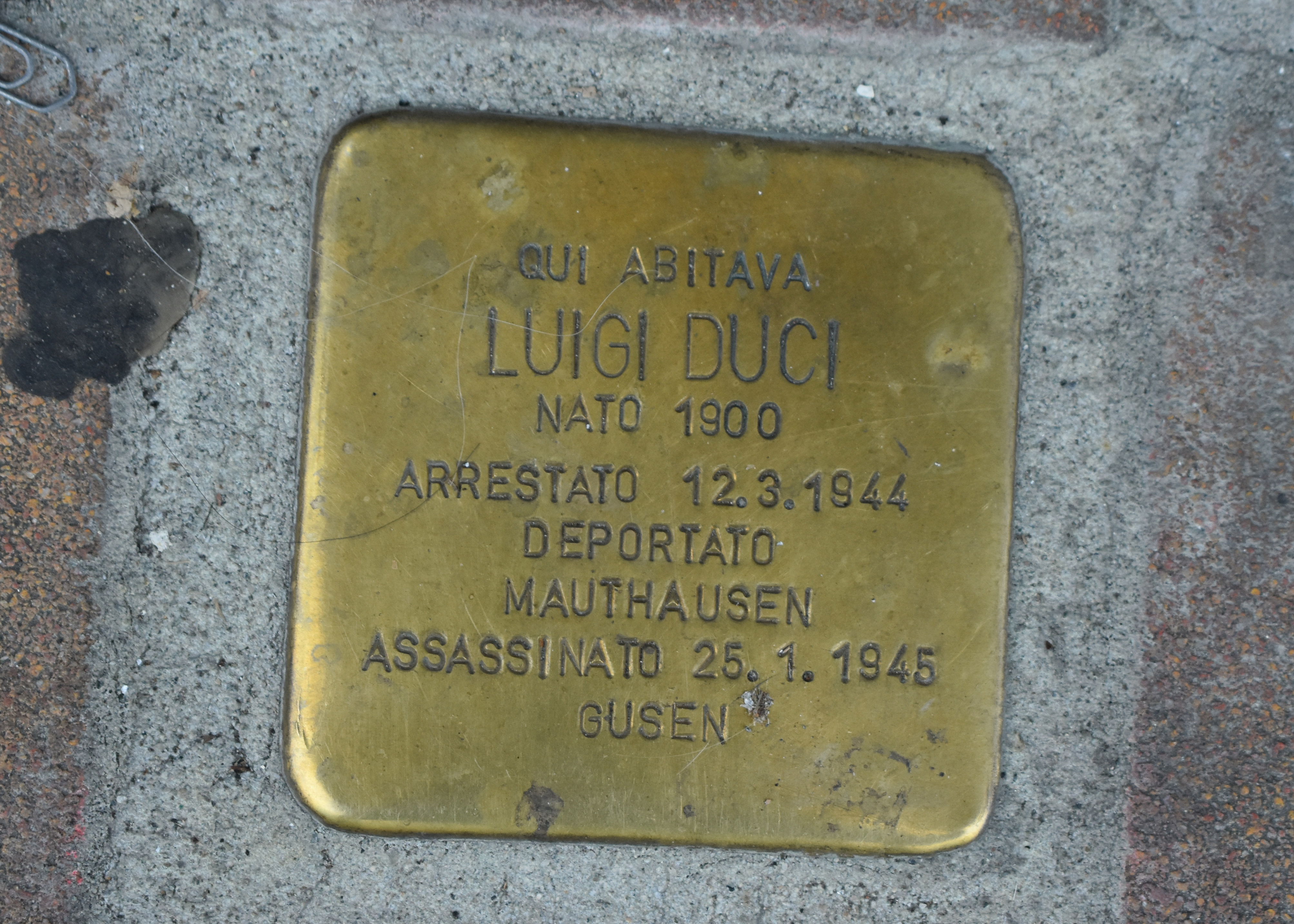
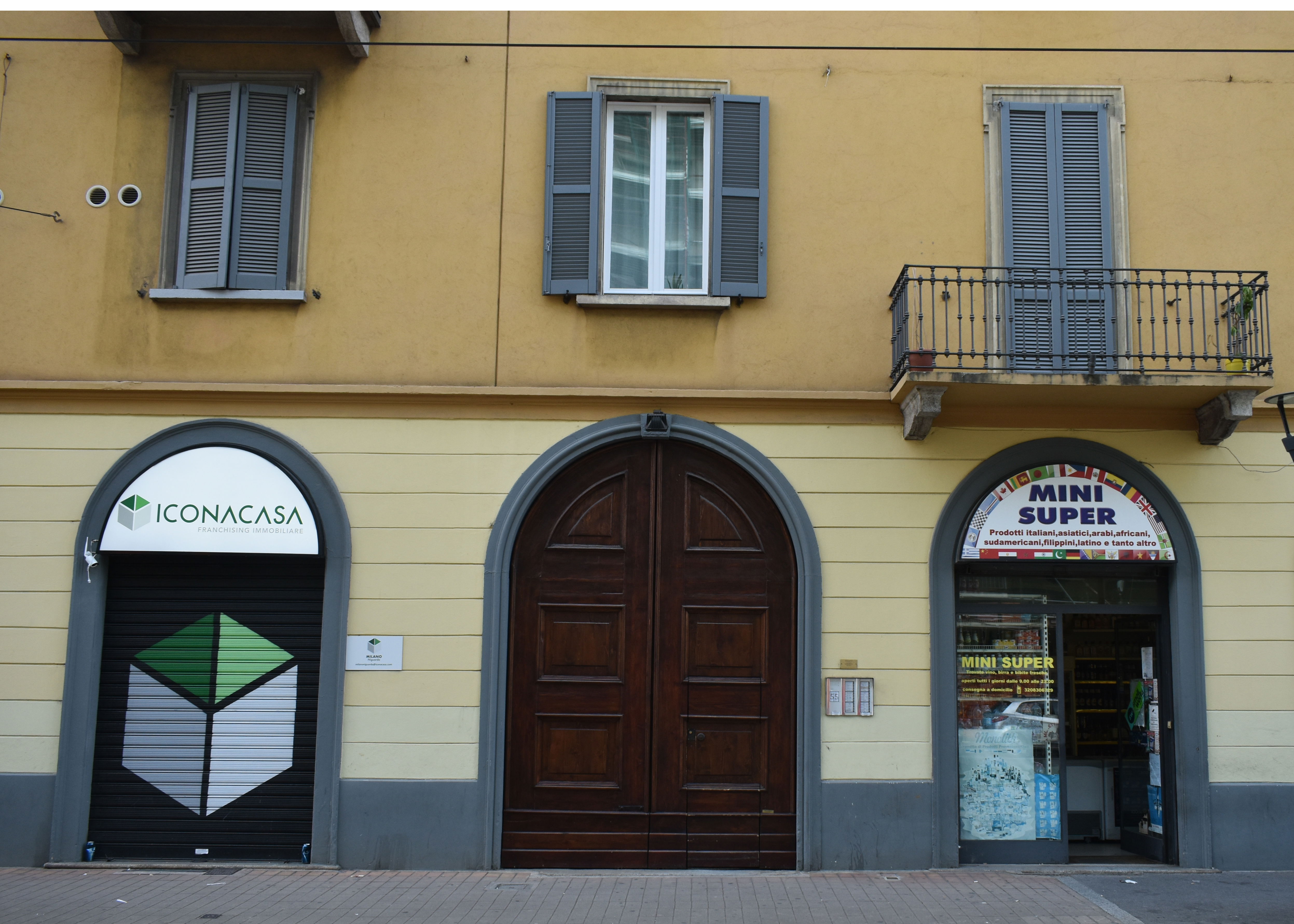
Giuseppe Berna born at Balsamo , Milan on 3 September 1903. As a young man, he had sung with the chorus at La Scala, apparently in the period between 1922 and 1929, when Toscanini had lured the tenor Aureliano Pertile back to the Scala . Giuseppe married Maria Meroni, with whom he had two children, Lino and Rosa; the family lived at via privata Hermada 4 in Niguarda. Giuseppe worked as a tracer at Sezione V (Aeronautica) Società Italiana Ernesto Breda per Costruzioni Meccaniche in Sesto S. Giovanni. After 8 September 1943 he joined the 108° Brigata Garibaldi and took part in the strike of 1 March 1944. On the night of 11 March 1944 Giuseppe was arrested and taken to San Vittore. After two days he was transferred to Bergamo, Caserma Umberto 1 and on 17 March 1944 sent to Mauthausen. As a specialist worker he was sent to Gusen, Wien-Schwechat and Wien-Florisdorf. He was returned to Mauthausen where he died on 10 May 1945 , just after the camp was liberated by the Americans. At Mauthausen he was known as “il cantate triste”. He was buried in the cemetery at Mauthausen in an unmarked grave, in 1965 his grave was identified and het got his identity back.
